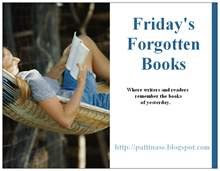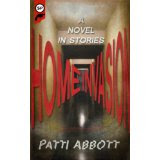 TO READ GERALD'S POEM, go here.
TO READ GERALD'S POEM, go here.
In the first week of May, David Cranmer featured my poems "Security" and "Life Sentence" on BEAT to a PULP, part of the site's first-ever week of poetry. Patti commented that she adored "Life Sentence", and today invited me to expound on how I came up with both poems.
Having published THE LINEUP: POEMS ON CRIME the past four years, I've become fascinated with themes of crime in poetry, much the same as you may enjoy crime fiction. After the first issue of THE LINEUP, I opted not to publish my own work in the journal, so when David asked if I'd submit poetry to BTAP, I was ready.
"Security" came out of my noticing how the suffix -ity watered down the word "secure". Security feels more like a concept, more abstract than actual, as in "false sense of security". The poem is an illustration of that watering down. Is our security really secure? Is our reality real? "-ity" seems a flimsy structure to me, tacked onto solid adjectives because common wisdom says nouns are safer footing than adjectives.
"Life Sentence" is a similar look at punctuation. It struck me that our attitudes toward how life ends could be expressed through end punctuation marks. The ellipsis represents the slow trailing-off of age, the exclamation point the sudden violence of stroke, the period the peaceful yet unconscious end of sleep. Preferable to any of these, I think, is the chance to go out on one's own terms, with a dash, a flourish, of choice.
Two of my co-editors at THE LINEUP have stepped down as their own projects and day jobs have gotten busier. I don't have the resources to print THE LINEUP on my own, so I've moved to a weekly website format, THE 5-2: CRIME POETRY WEEKLY, which will publish one poem per week year-round, starting Monday, September 12. I'm also including video clips, and short "signed confessions" from each poet about how each poem was written. I welcome submissions of unpublished poetry to http://poemsoncrime.blogspot.com




















































